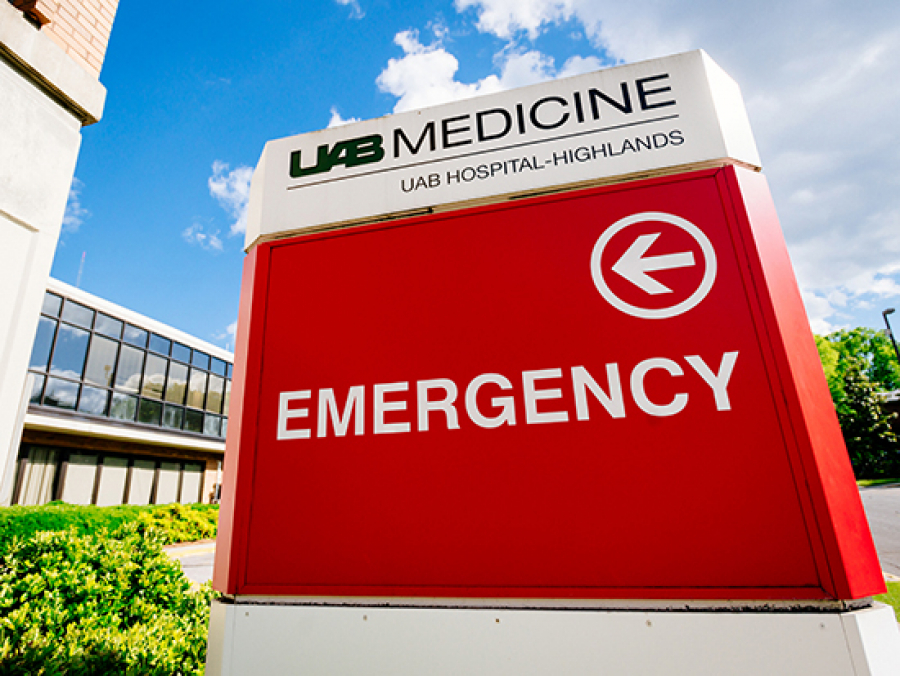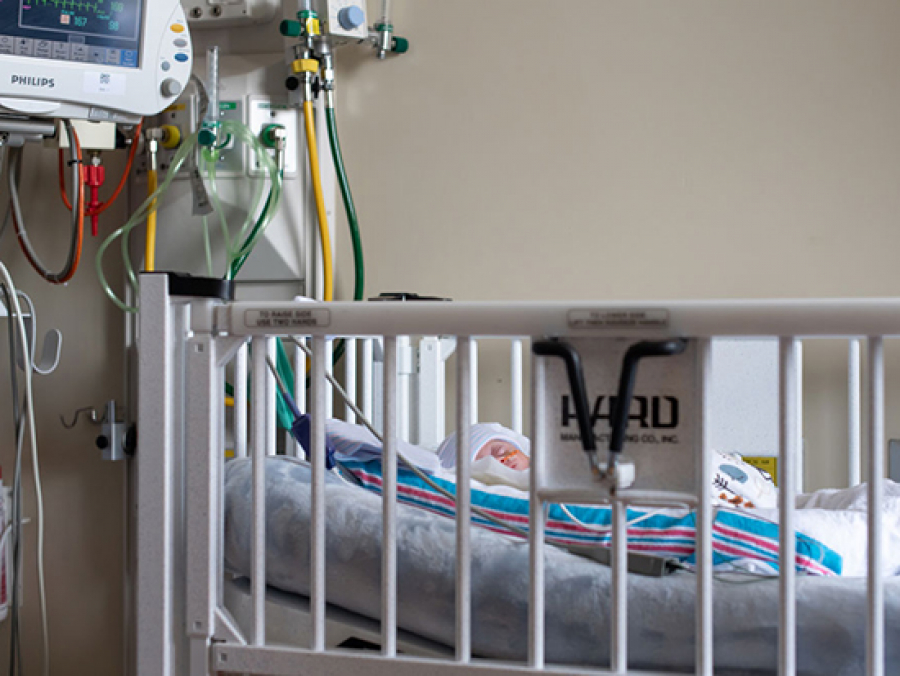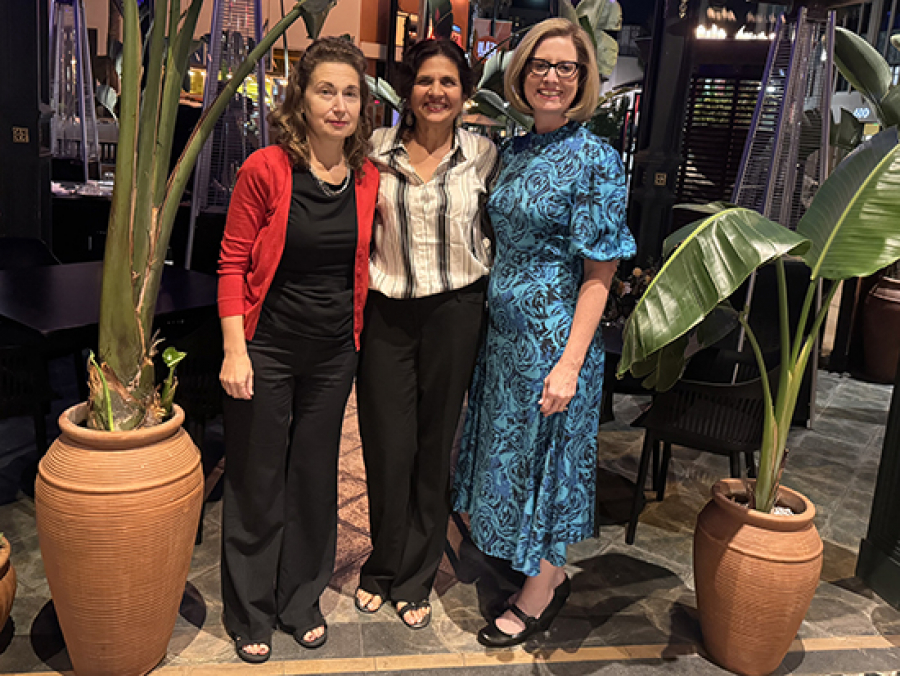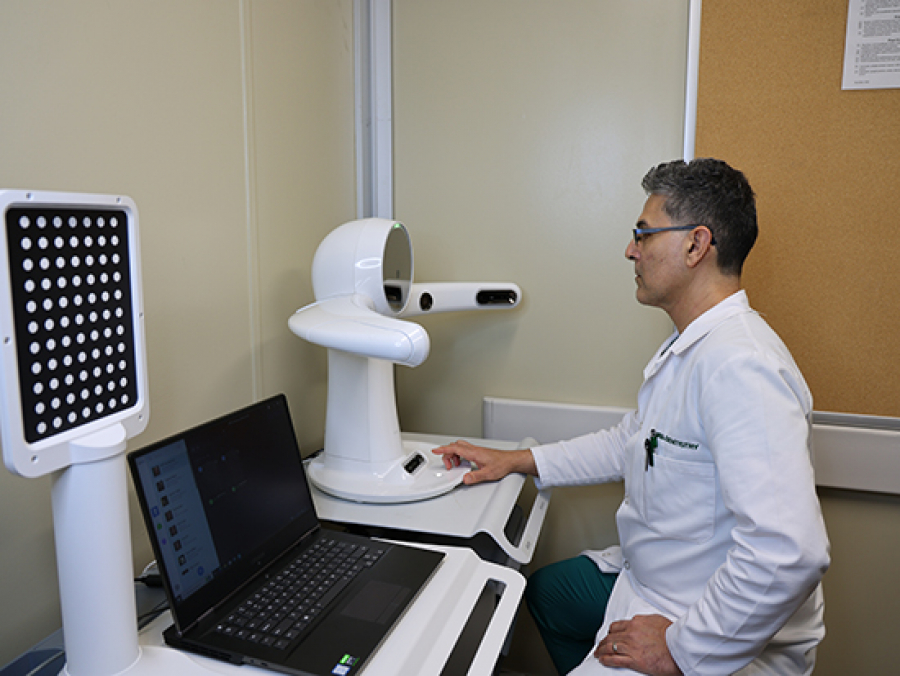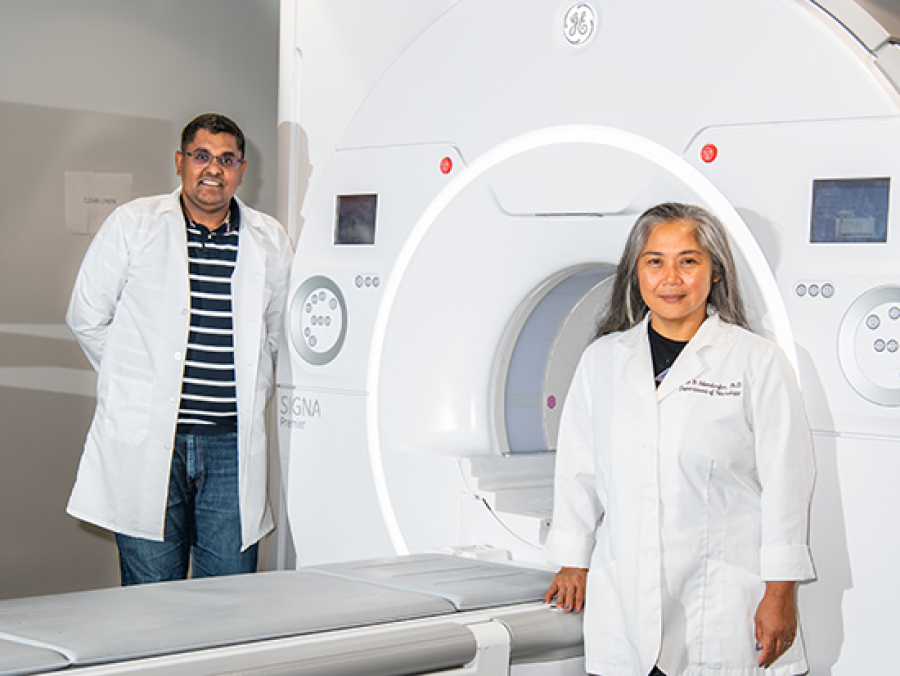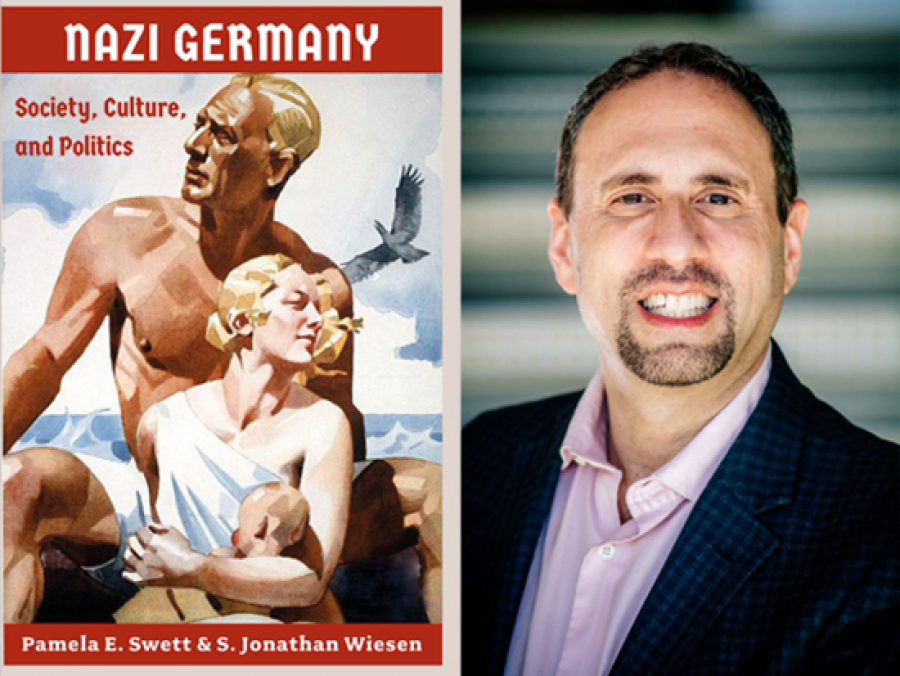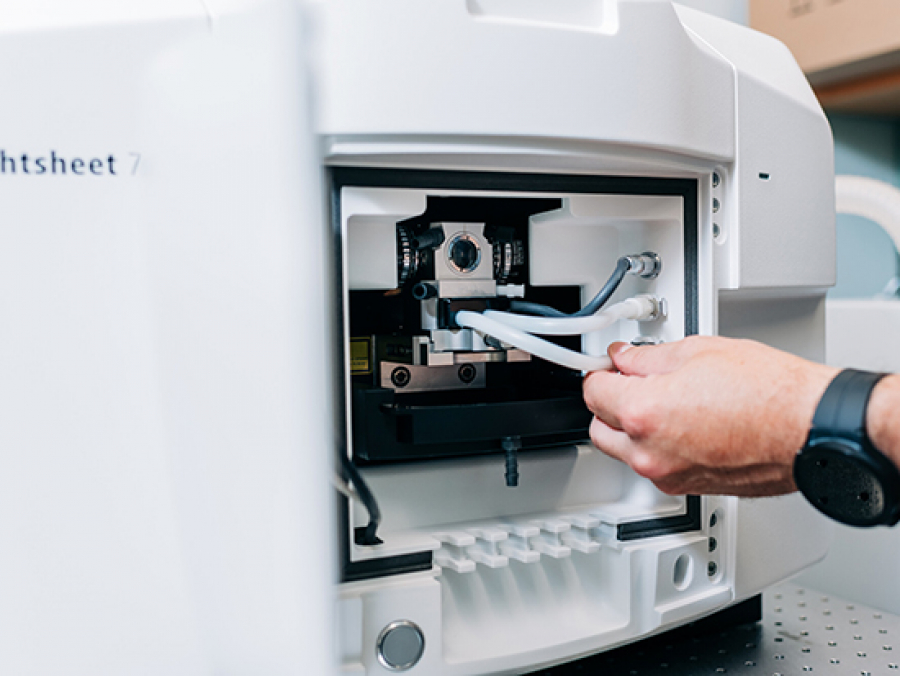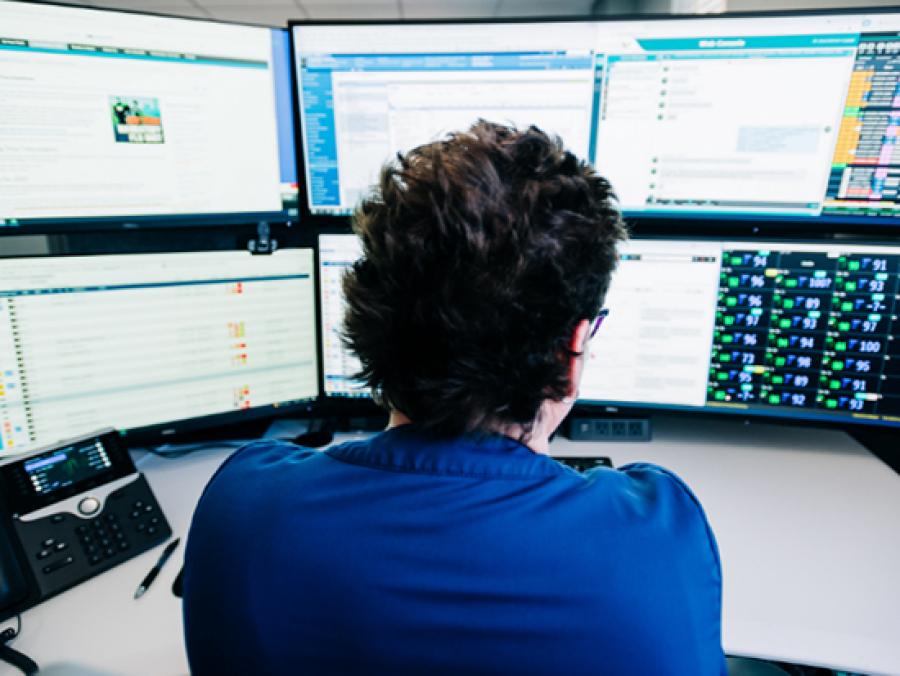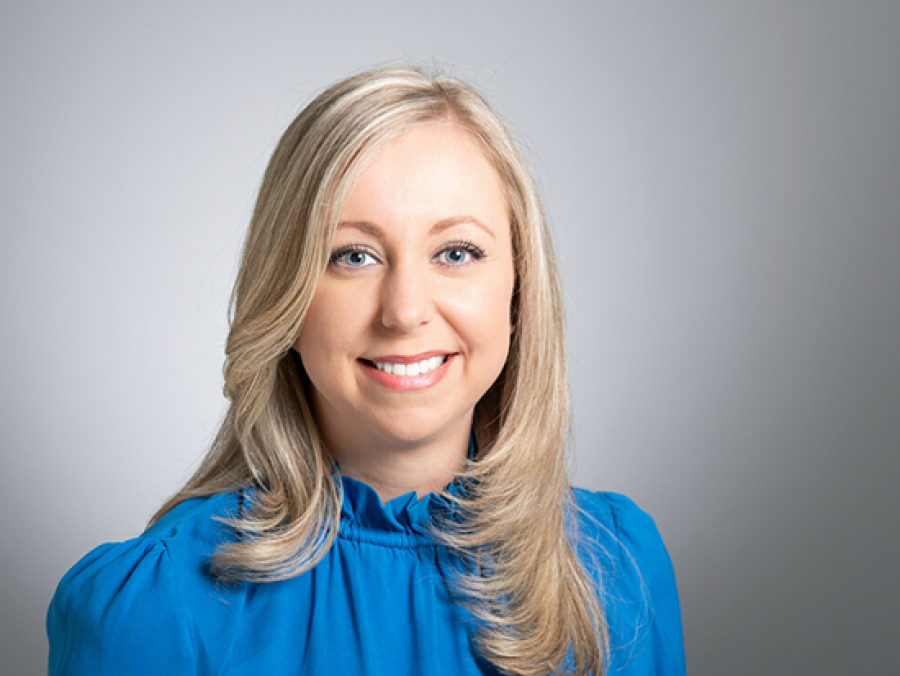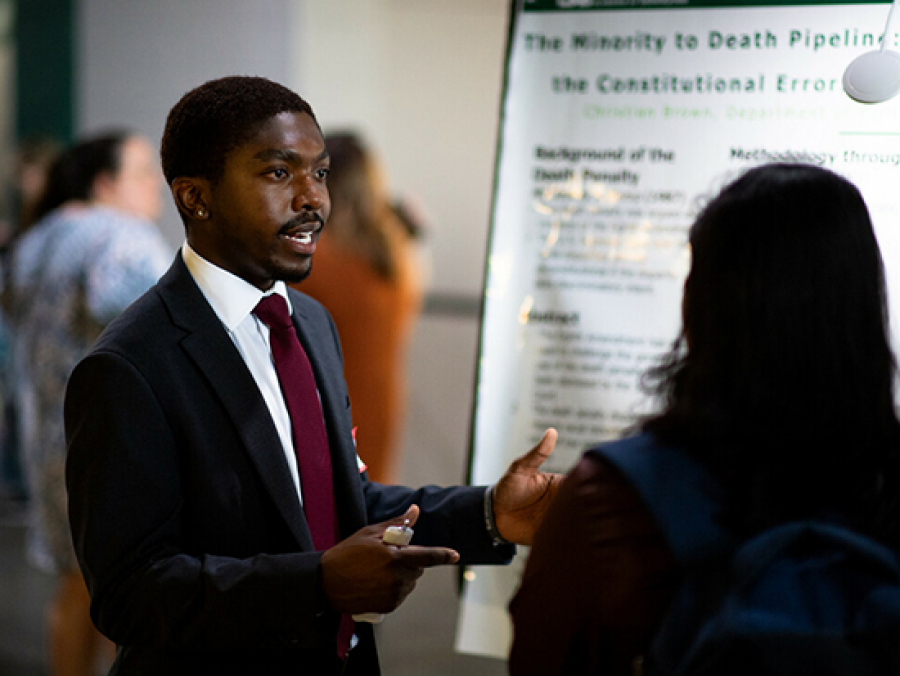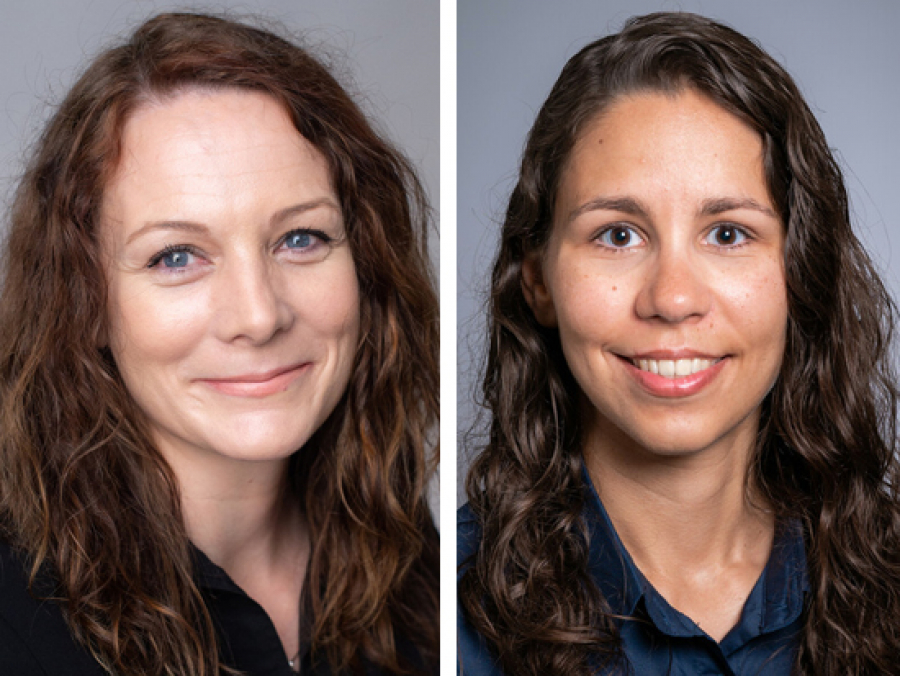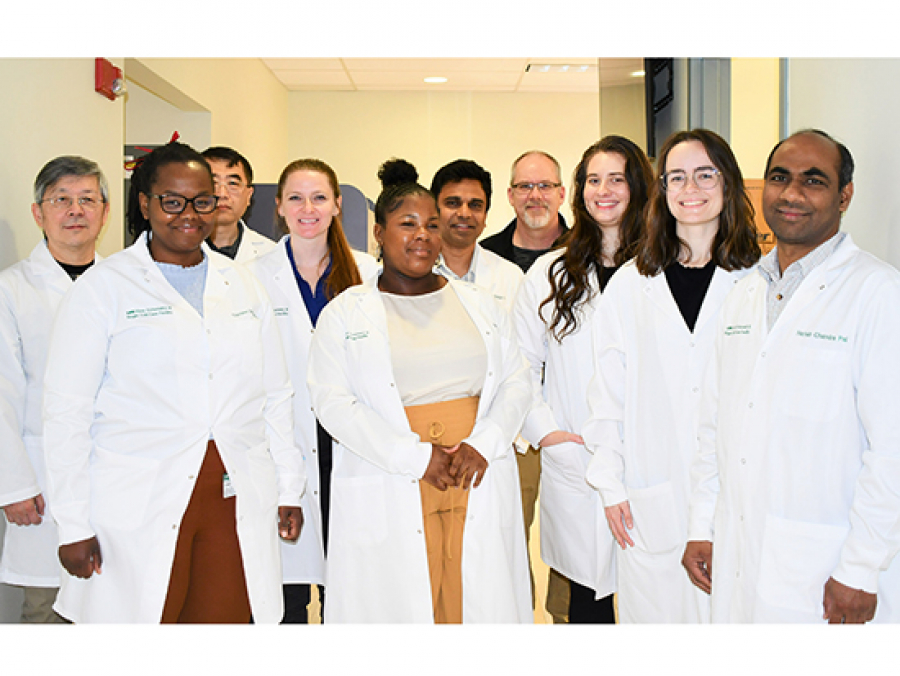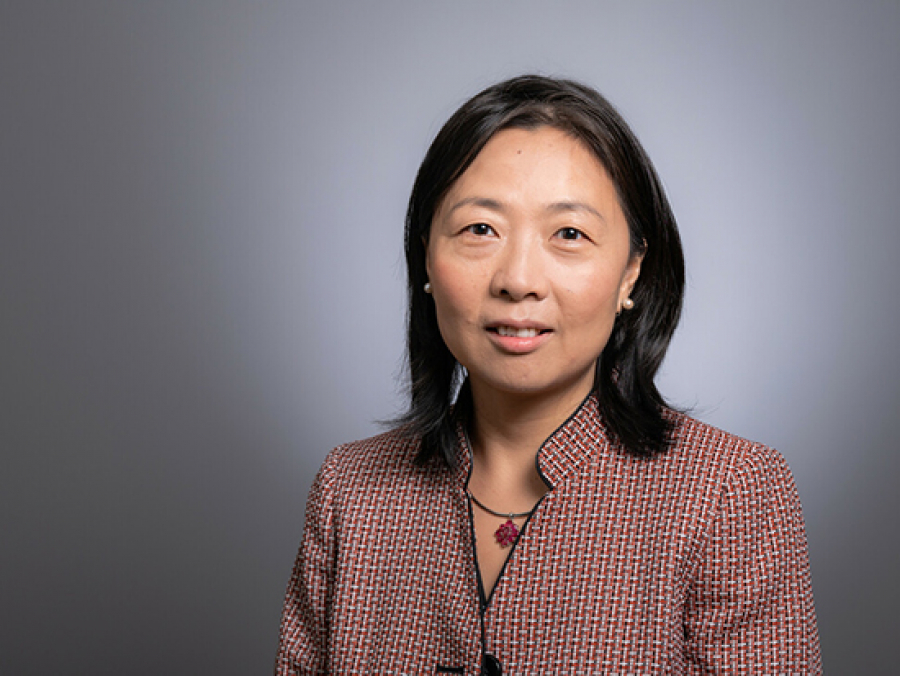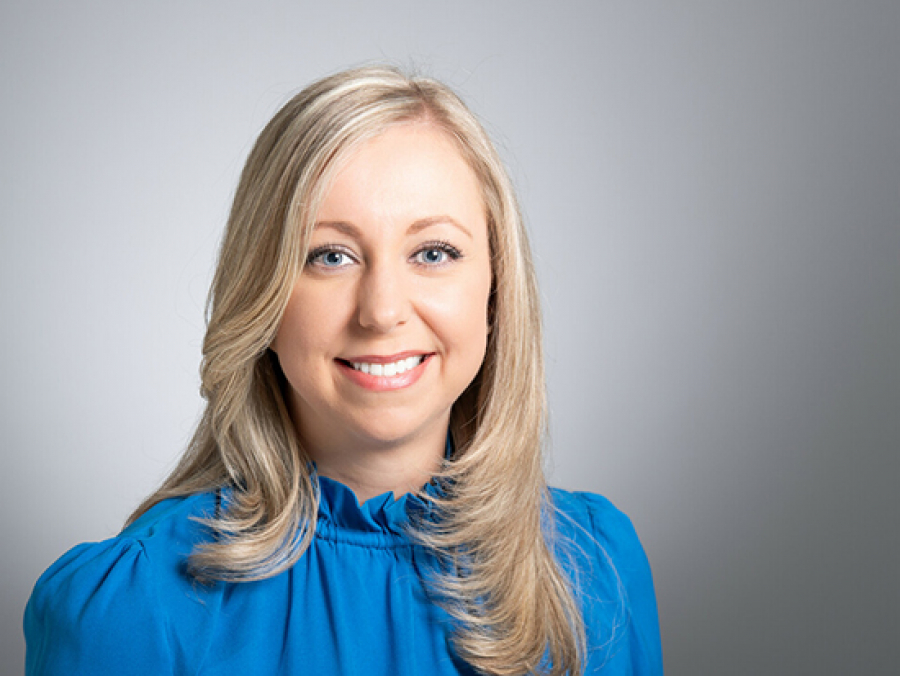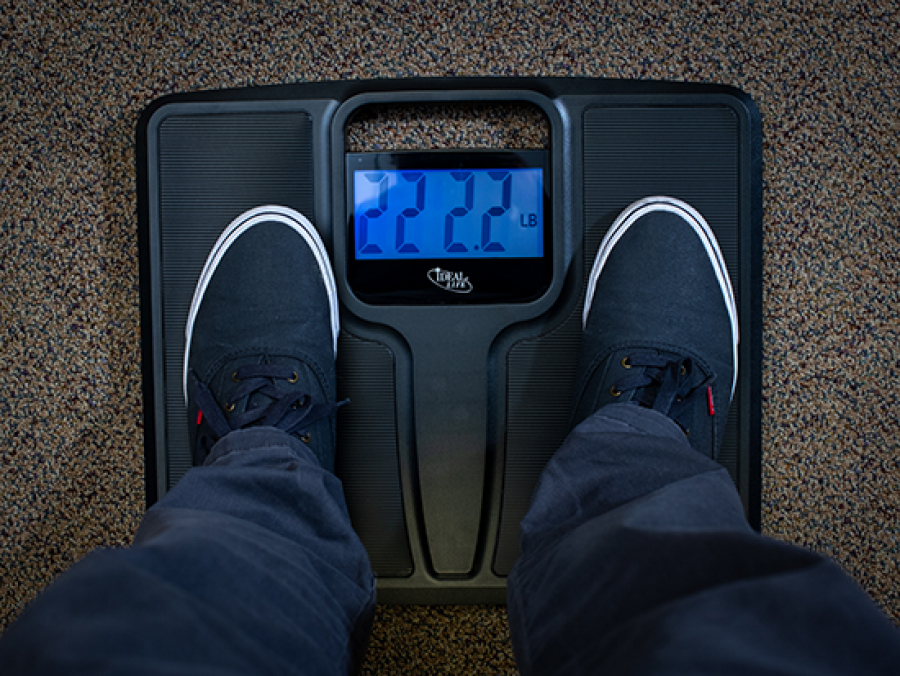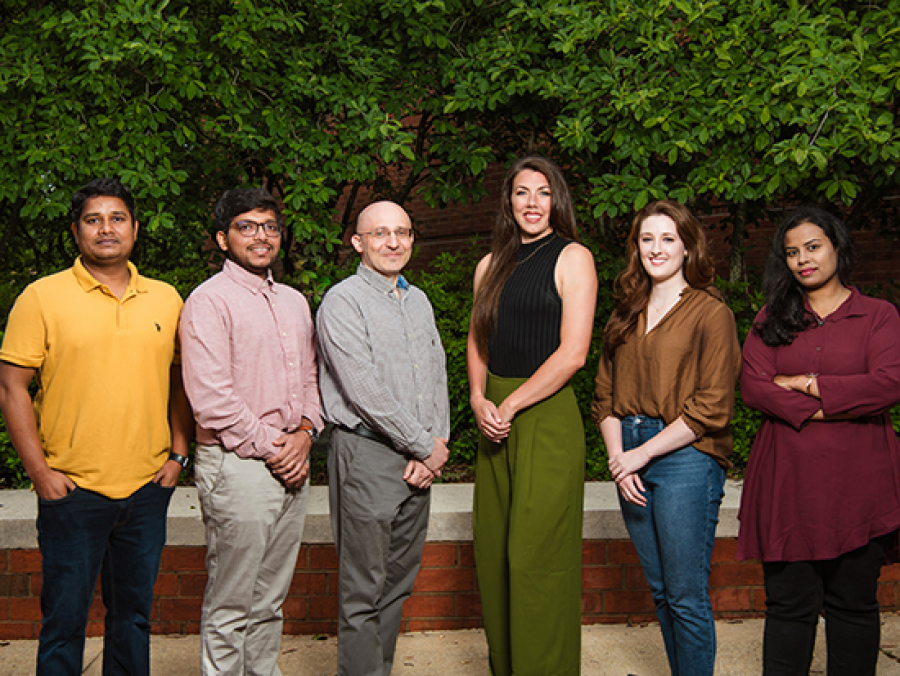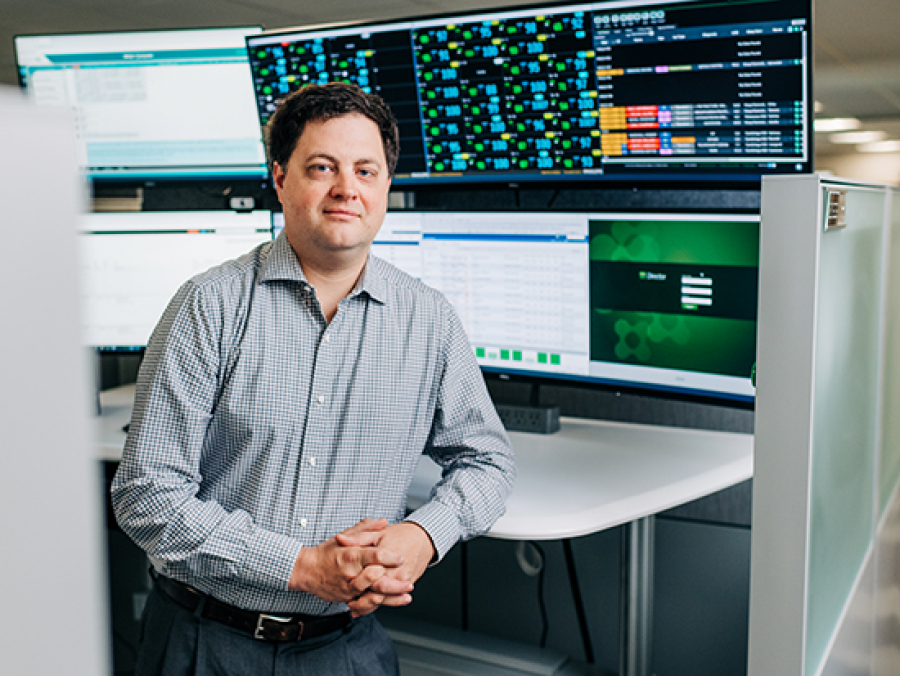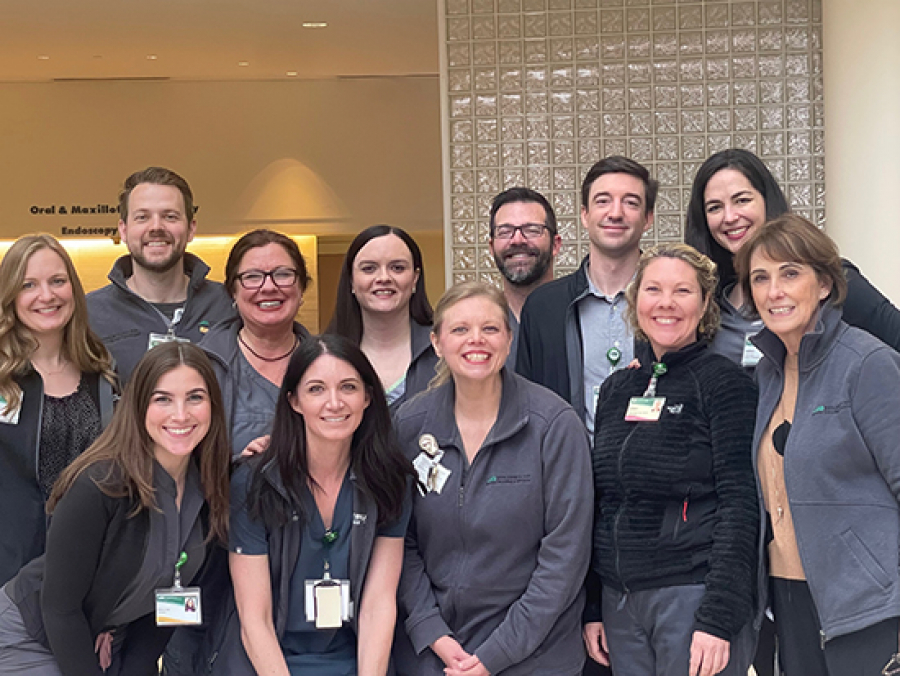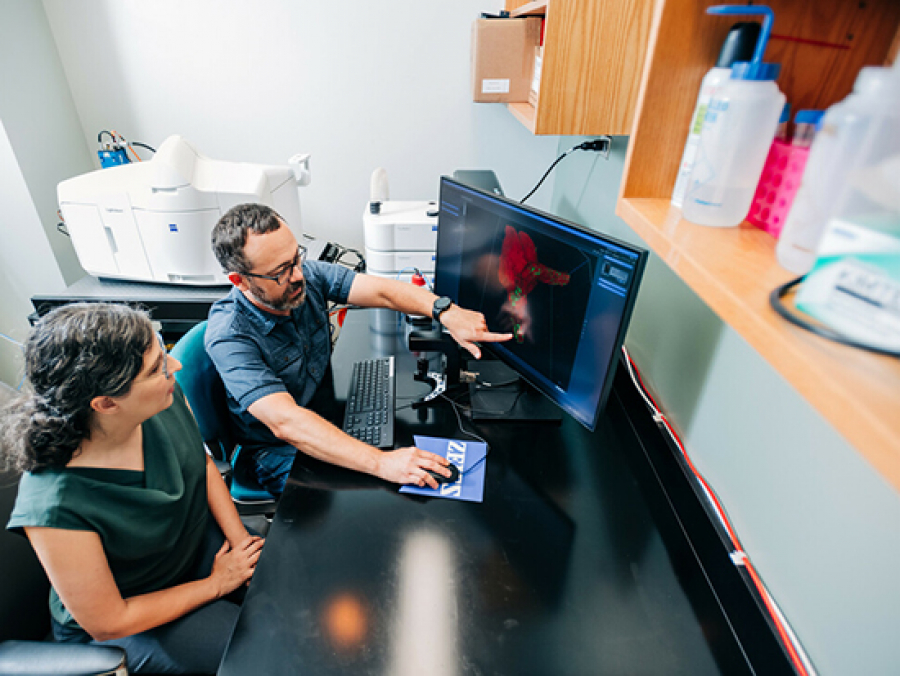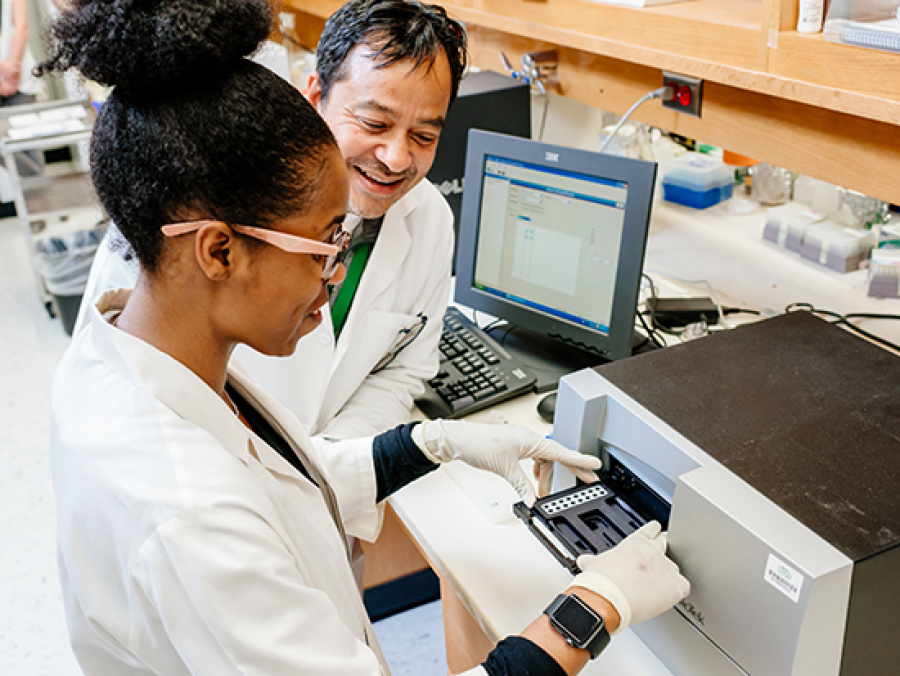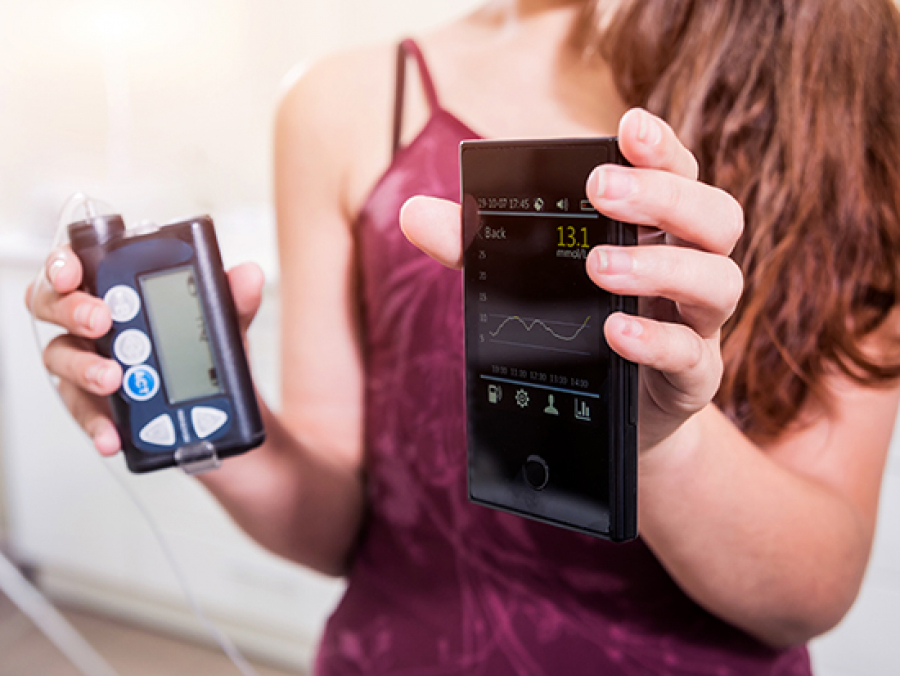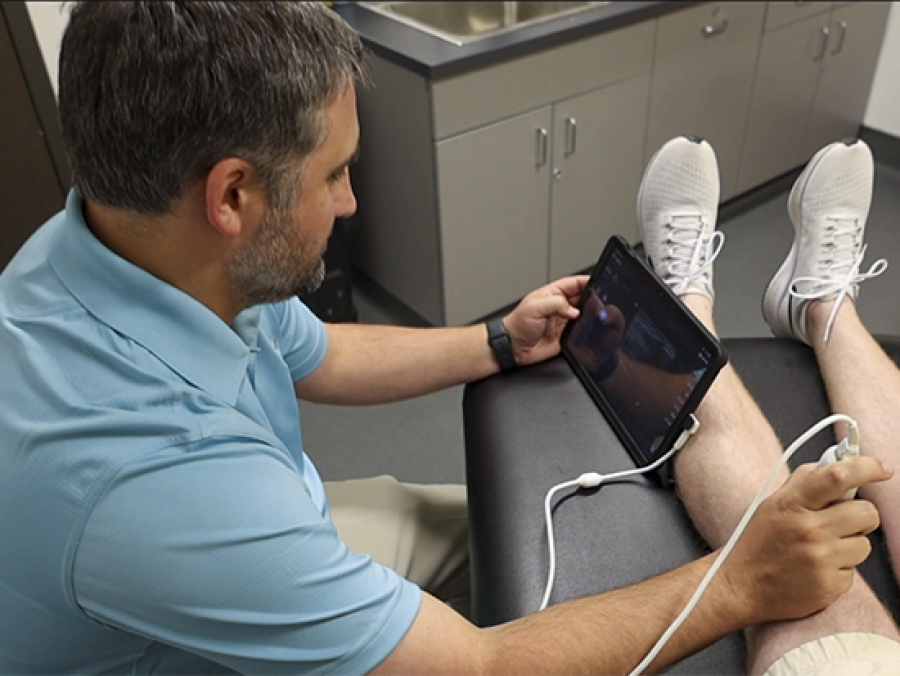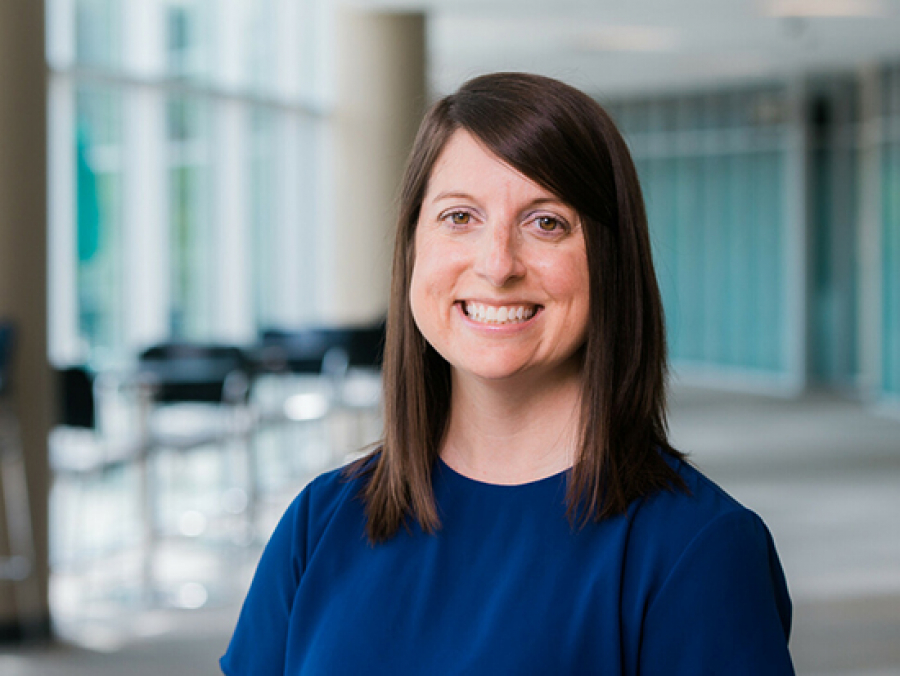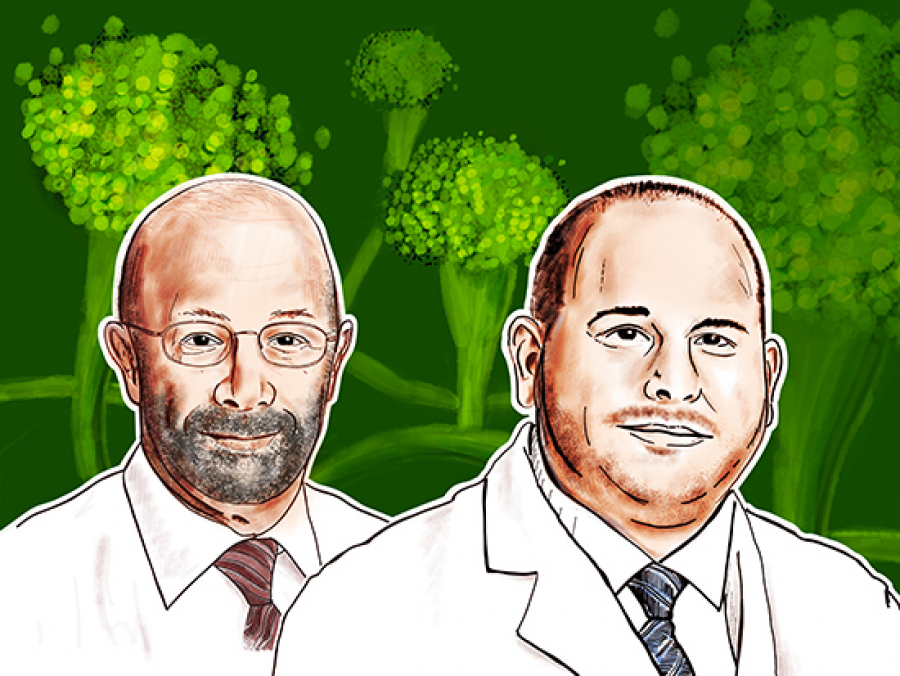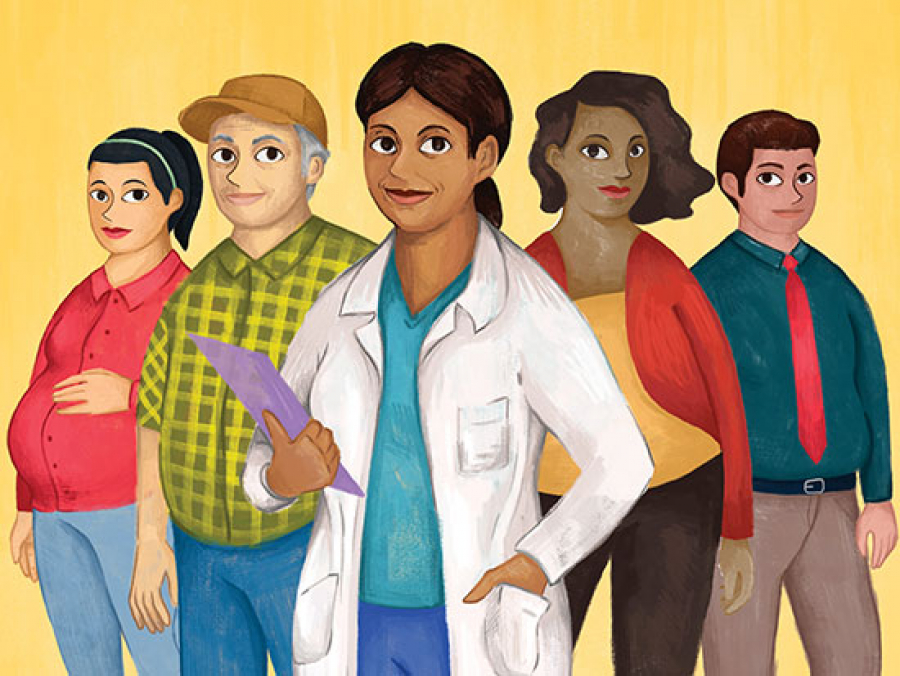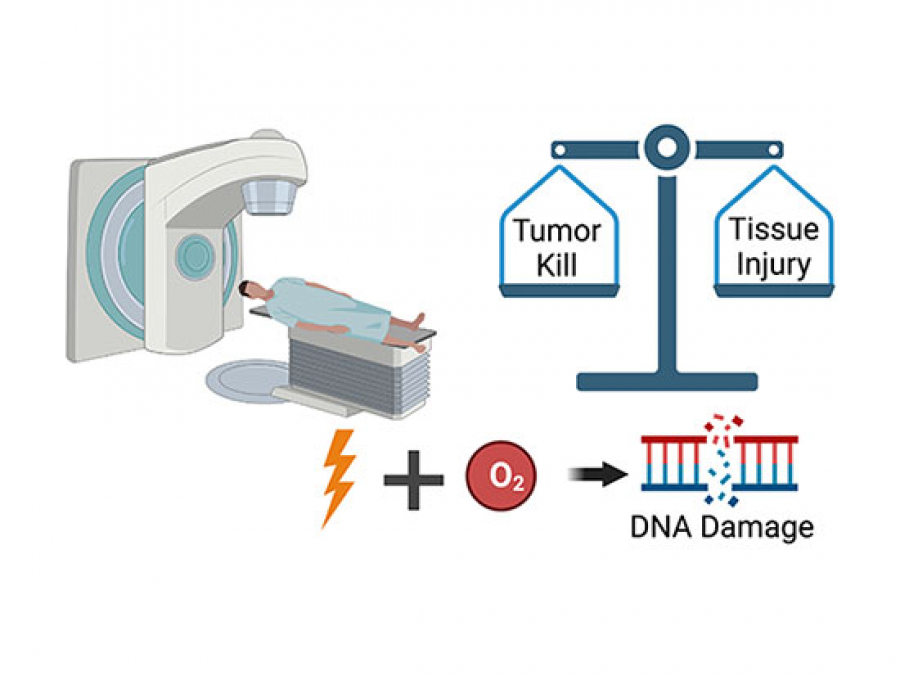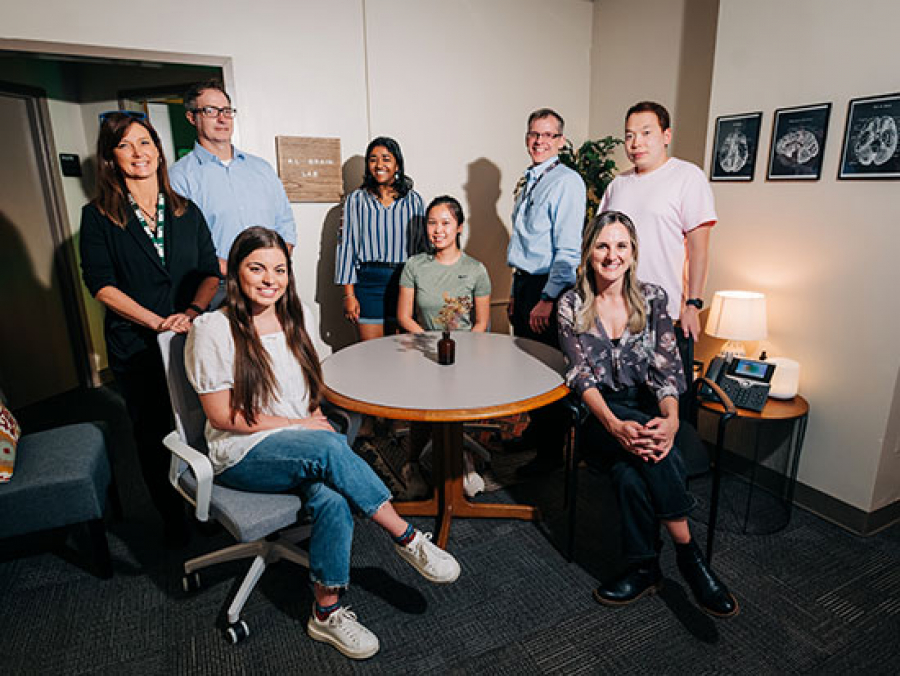Research & Innovation
A grant from UAB’s Health Services Foundation General Endowment Fund will support a project testing an AI tool trained to predict fall risk and identify signs of delirium in order to improve patient care and safety for older adults in UAB’s Geriatric Emergency Department at UAB Hospital-Highlands.
After studying thousands of hours of data from heart rate monitors, UAB clinician-researchers developed algorithms to predict when a baby’s heart rate will drop to unsafe levels in the NICU. With funding from UAB’s Harbert Institute, they will now conduct a clinical trial of a device they have created to intervene automatically.
A 3D printer for prosthetics, navigation for patients on dialysis and a new electron microscope are three of the 11 projects to receive funding. The HSF-GEF faculty grants program is a way for UAB to support innovative ideas from its researchers and clinicians.
The Denosumab for Type 1 Diabetes phase 1/2 clinical trial, is a collaborative study with the Arthur Riggs Diabetes and Metabolism Research Institute and the Center for Diabetes and Metabolic Diseases at Indiana University.
Some 120 million Americans are missing at least one tooth; UAB’s Ramtin Sadid, DDS, M.S., professor and division director for the Division of Prosthodontics, the specialty that focuses on tooth restoration, explains the latest technologies experts are using today.
From a 3 Tesla PET/MR to a 0.55 Tesla Freemax, this core facility offers research tools that are crucial to UAB’s neuroscience studies and more, as well as expert advice on the best protocols to use for individual experiments.
In “Nazi Germany: Society, Culture and Politics,” Jonathan Wiesen, Ph.D., professor in the Department of History, highlights the current understanding, which has been slow to appear in textbooks, of the “tension between coercion and consensus” in the Nazi period, he said.
Emma Sartin, Ph.D., MPH, assistant professor in the Department of Health Policy and Organization at the School of Public Health, is leading a Department of Defense-funded project that is developing a virtual assessment to help autistic individuals and their parents decide whether they are ready to drive.
The Stimulating Access to Research in Residency program, funded by the National Institute of Allergy and Infectious Diseases, is designed to help address the shortage of physician-scientists nationwide.
More than 1,000 patients have enrolled in a cutting-edge remote patient monitoring program that gives high-risk patients cellular-enabled blood pressure cuffs, glucose monitors and/or weight scales to take home.
UAB’s newest spinoff is led by Aaron Fobian, Ph.D., a clinical psychologist whose research-backed treatment for FND has attracted attention from patients and providers around the world. Her company offers the first therapist-centered digital platform that is standardized and tailored to each individual patient’s needs at each individual session.
Three students who will present their work at the Summer Expo on Thursday explain the benefits of joining a UAB lab, from peer learning to practicing professional skills and more.
U-BDS specializes in analyzing genomic and transcriptomic data, creating data pipelines, and keeping up with the latest methods and algorithms required for cutting-edge research.
The facility, one of 15 shared resource labs at UAB and among the busiest, is one of a handful of leading labs to be recognized by the International Society for Advancement of Cytometry, or ISAC.
Zhen Cong, Ph.D., professor in the Department of Environmental Health Sciences in the School of Public Health, shares her work on disaster preparedness of older adults and why she wants all Blazers to take part in the initiative’s work.
Clinical psychologist Aaron Fobian, Ph.D., created Retraining and Control Therapy, or ReACT, for patients with functional neurological disorder. It has helped hundreds reclaim their lives and led Fobian to develop an adaptive digital manual to expand use.
Many people, including clinicians and researchers, think “the main reason people regain weight after weight loss is because the body fights back” in a phenomenon called metabolic adaptation, said UAB researcher Cátia Martins, Ph.D. Martins, a leading scientist studying metabolic adaptation, explains what she has found and her plans for a groundbreaking clinical trial.
Rachel June Smith, Ph.D., a key recruit in UAB’s Neuroengineering and Brain-Computer Interface Initiative, can predict the frequency of stimulation that will push a brain into the chaos of a seizure — potentially saving patients with intractable seizures time, frustration and money.
Patients at 29 hospitals and free-standing emergency rooms around the state are now being evaluated rapidly for suspected strokes and other conditions by expert UAB neurologists. The program has provided nearly 7,000 consults for patients — many of whom are routed to potentially lifesaving care or saved from expensive transfers away from their home communities.
William Boswell, a speech pathologist-voice therapist in the UAB Voice Center, explains some of the innovative treatments available, why patient numbers are rising and what sets UAB apart.
Over its 28 years, this signature program has awarded grants totaling almost $60 million. Meet recipients and see how the HSF-GEF grants make UAB “a place where, if you have a good idea, you can find the support to make it a reality.”
Research by UAB genetic epidemiologist Sadeep Shrestha, Ph.D., sheds light on a mysterious condition that is now the leading cause of acquired heart disease among children in the United States.
Continuous glucose monitors and insulin pumps can help patients “live a quality life without burning out on managing diabetes,” said Ananda Basu, M.D., director of the Diabetes Technology Program at UAB.
Researchers can secure funding to cover article processing charges in open access publications and publish at no cost in Wiley and Cambridge journals, furthering UAB Libraries’ mission to advance research and scholarship equitability through prioritizing open access publishing.
Using a handheld ultrasound device, a trained clinician can rapidly and accurately diagnose anything from kidney stones to heart function, saving time and money for patients in rural and urban underserved areas.
Rebecca Rampe, Psy.D., an assistant professor in the Department of Psychiatry and Behavioral Neurobiology, explains her approach to treating developmental trauma and traumatic grief in adults.
Alabama is a hotbed for fungal diseases — which is why experts in treating and tracking problematic fungi gravitate to UAB. This is great news for Alabamians as killer fungi become a worldwide threat.
How the ambitious NIH initiative is turning precision medicine dreams into reality for hundreds of thousands of Americans left behind by previous studies — and where it is going next.
Flash radiation therapy delivers an ultra-fast, ultra-high burst that has the same deadly effect on tumors with fewer side effects for patients.
Take a trip into the Alabama BRAIN Lab in UAB’s Spain Rehabilitation Center, where a team led by neuroengineer Jamie Tyler, Ph.D., is working with patient groups to test promising neuromodulation treatments for chronic pain, insomnia and more.
